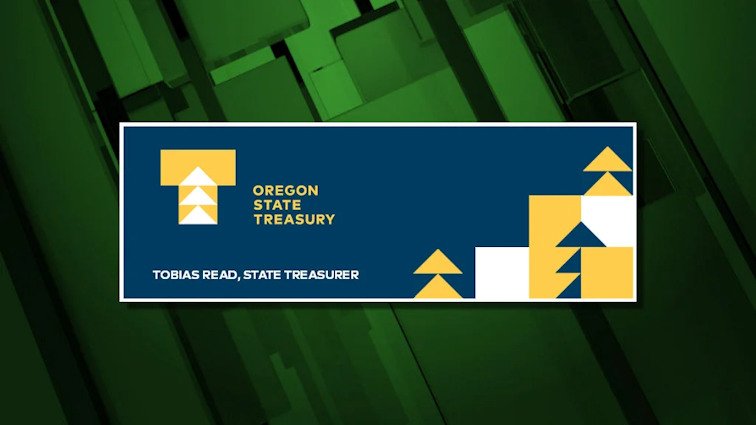Oregon treasurer’s Financial Wellness Scorecard gives mixed marks to financial security, decision-making and stress

SALEM, Ore. (KTVZ) -- Oregonians are earning more and report higher net wealth, yet also are more likely to express difficulty paying their monthly bills. In addition, fewer than half of Oregon adults report ever taking a personal finance class.
Those are some of the takeaways from the 2024 Oregon Financial Wellness Scorecard, released Wednesday by Oregon State Treasurer Tobias Read and the Financial Empowerment Advisory Team, a statewide collaborative that highlights financial wellness, financial inclusion and education.
“No matter who you are or where you call home, we lead better lives when we have the knowledge and confidence to make sound financial decisions, and to work and save toward financial freedom,” said Treasurer Read.
The Financial Wellness Scorecard is a wide-ranging data source that helps citizens and policymakers more easily gauge how Oregonians are faring financially, over time, and compared to national benchmarks.
Statistics in 53 categories were gleaned from 16 sources including the U.S. Census, Federal Reserve, Equifax and Oregon Department of Justice. For the first time, the Scorecard also includes data from a personal finance survey of Oregonians, conducted in October by the nonprofit Oregon Values and Beliefs Center.
The representative survey helped illustrate that financial hurdles and stress levels are higher for Oregonians who are younger, rent their residences, are parents of children younger than 19, come from communities of color, or who have never taken a personal finance class.
Among the other data highlights in the newly published Scorecard:
• 30.5% of Oregonians said they could not come up with $2,000 if faced with a financial emergency, compared to 29% of people nationally. That rate was worse among Oregon renters (54%), people with a high school education or less (53%), those in communities of color (49%), and parents with children under 19 (45%).
• After years of steady declines, bankruptcy filings in Oregon climbed markedly in almost every county in 2023. Filings also increased nationally, but the percentage change was twice as high in Oregon for the period that ended September 2023.
• Averages don’t tell the entire story. While average household income rose, it varied dramatically based on Oregon county and race, which echoes national data. And while average household wealth also climbed, the number of Oregon households with zero or negative net wealth also increased. Nationally, the percentage of households with zero net worth is higher, but is declining.
The 2024 Scorecard considers the positive impact of financial education as the state is ramping toward a new requirement for high school students. With support from the Treasurer and financial education advocates, the 2023 Legislature mandated that students take a personal finance class, starting with graduates in the class of 2027.
Scorecard data and benchmarks were identified by Oregon economists, national financial literacy experts and researchers, and members of the Financial Empowerment Advisory Team.
Convened by Treasurer Read, the 20-member Team brings together financial empowerment leaders from across the state and technical advisors from Oregon agencies that focus on improving Oregonians’ financial health. Quarterly meetings are open to the public.
The 2024 Financial Wellness Scorecard is available online on the Treasury website at: https://www.oregon.gov/treasury/financial-empowerm...
About Treasury
The Oregon State Treasury advances the financial well-being of all Oregonians. We provide low-cost banking, debt management, and investment programs for governments and empower Oregonians to invest in themselves and their loved ones through the Oregon College Savings Plan, Oregon ABLE Savings Plan, and OregonSaves. Treasury also facilitates the state’s Unclaimed Property Program.